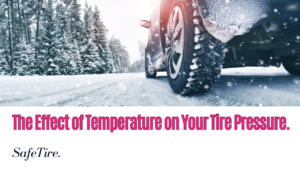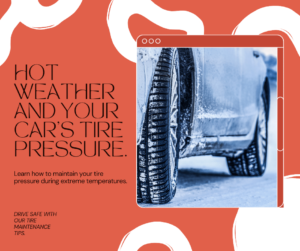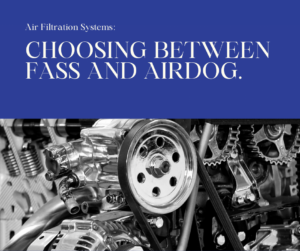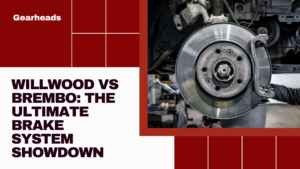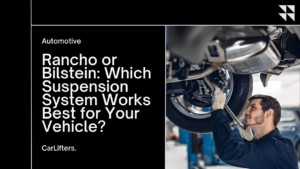If you’re a car enthusiast or simply looking to upgrade your vehicle, understanding the differences between 37 vs 35 tires is crucial. These two tire sizes can significantly impact your vehicle’s performance, off-road capabilities, and overall driving experience. In this comprehensive guide, we’ll delve into the details of 37 vs 35 tires, covering everything you need to know.
Contents
- Introduction
- 37 vs 35 Tires: Navigating the Size Showdown
- The Ultimate Guide to Understanding the Differences Between 37 vs 35 Tires
- FAQs
- Are 37-inch tires compatible with my vehicle?
- Can I use 35-inch tires for off-roading?
- Do larger tires affect my vehicle’s fuel efficiency?
- How often should I rotate and balance my 37-inch tires?
- Are there any downsides to using 35-inch tires for daily driving?
- How can I maintain my 37-inch tires for a prolonged life?
- Conclusion
Introduction
Tire size plays a vital role in how your vehicle performs on various terrains and under different conditions. When comparing 37 vs 35 tires, it’s essential to consider factors such as tire height, width, and their impact on your vehicle’s clearance, stability, and traction.
In this article, we will provide a detailed analysis of these tire sizes, highlighting their differences, advantages, and common applications. We’ll also address frequently asked questions (FAQs) to ensure you have a complete understanding of the topic.
Choosing the right tire size involves a balance of desired performance, aesthetics, and practicality. Here’s a table to help you compare 37-inch and 35-inch tires:
| Feature | 37-inch Tires | 35-inch Tires |
|---|---|---|
| Diameter: | Significantly larger (approx. 37.11 inches) | Considerably smaller (approx. 35.35 inches) |
| Ground Clearance: | Substantially higher, improving off-road capability and tackling obstacles | More moderate increase, offering a compromise between off-road and on-road handling |
| Traction: | Superior off-road due to larger contact patch and increased ground clearance | Good off-road traction, also suitable for on-road driving |
| Handling: | Less responsive on-road due to higher center of gravity, may require modifications for proper steering | More agile and responsive on pavement, better for everyday driving |
| Fuel Economy: | Significantly lower due to increased weight and rolling resistance | Lower fuel consumption compared to 37s, but still less than stock tires |
| Wear & Tear: | Potentially higher stress on drivetrain components due to increased weight | Less strain on drivetrain compared to 37s |
| Cost: | Generally more expensive due to larger size and specialty options | Might require minor modifications depending on the vehicle and tire width |
| Modifications: | May require lift kits, fender flares, and other modifications for clearance | Might require minor modifications depending on vehicle and tire width |
| Appearance: | Bold and aggressive look, ideal for off-road enthusiasts | Offers a balance of off-road appeal and practicality for everyday use |
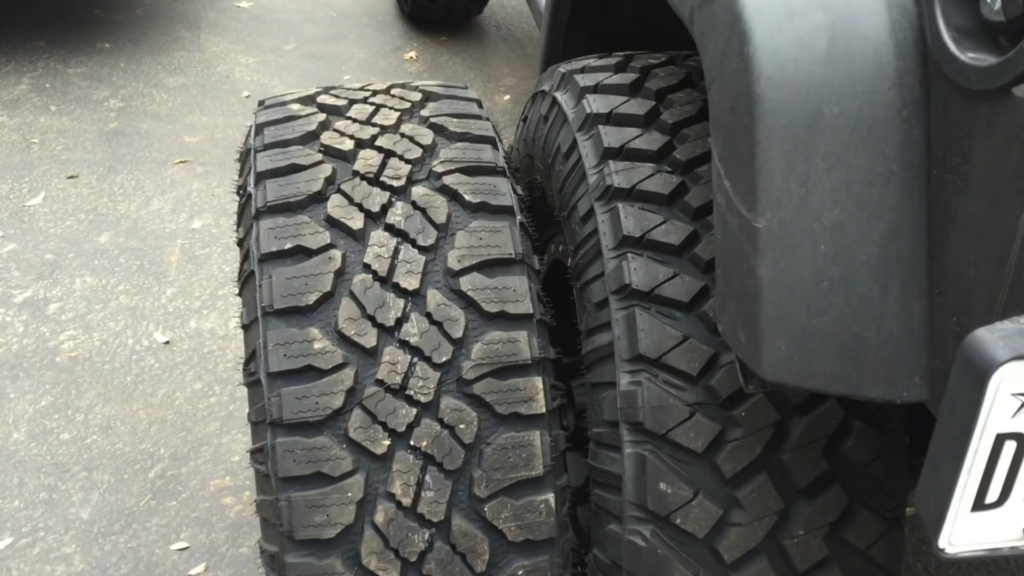
Additional Considerations:
- Vehicle type: Larger vehicles can handle 37s better, while smaller cars or trucks might be better suited for 35s.
- Driving style: Opt for 37s for serious off-roading and maximum ground clearance, while 35s offer a compromise for both on-road and off-road use.
- Wheel size: Larger wheels are often needed for proper clearance with 37s.
- Budget: Consider the increased cost of tires, modifications, and potential fuel decrease when choosing 37s.
The Ultimate Guide to Understanding the Differences Between 37 vs 35 Tires
37 vs 35 Tires: Exploring the Basics
Before diving into the specifics, let’s start with the fundamentals. Both 37 and 35 tires are popular choices among off-road enthusiasts and truck owners. However, they differ in size, which has a significant impact on your vehicle’s performance.
37-inch tires are larger than 35-inch tires, providing increased ground clearance and traction. They are often preferred for extreme off-roading and rock crawling due to their ability to conquer rough terrains.
35-inch tires, on the other hand, offer a balance between on-road and off-road performance. They are suitable for daily driving while still providing excellent off-road capabilities.
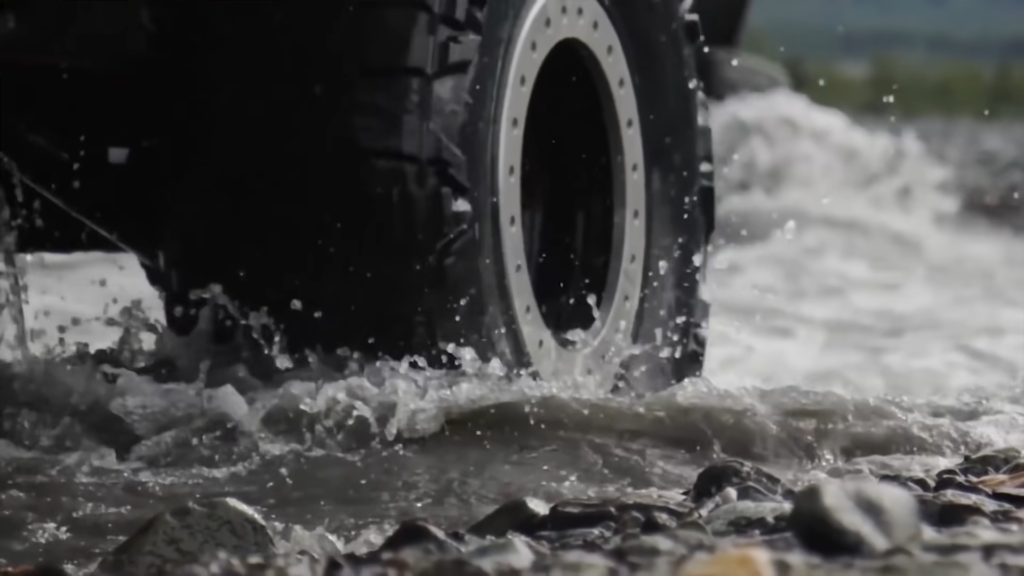
Advantages of 37-Inch Tires
- Greater Ground Clearance: 37-inch tires offer enhanced ground clearance, allowing your vehicle to navigate over obstacles with ease.
- Improved Traction: The larger tire size provides better traction on challenging terrains, making them ideal for off-road adventures.
- Enhanced Off-Roading Capability: If you’re a serious off-roader, 37-inch tires are the go-to choice for conquering rugged trails and obstacles.
Advantages of 35-Inch Tires
- Versatility: 35-inch tires strike a balance between on-road and off-road performance, making them suitable for daily driving and occasional off-roading.
- Easier Fitment: They are often easier to fit on a wider range of vehicles without extensive modifications.
- Improved Fuel Efficiency: Smaller tires generally result in better fuel efficiency for daily commuters.
Which Tire Size Is Right for You?
The choice between 37 vs 35 tires ultimately depends on your specific needs and preferences. If you’re a dedicated off-road enthusiast seeking maximum performance in extreme conditions, 37-inch tires are the way to go. However, if you require a versatile tire that can handle both daily driving and occasional off-roading, 35-inch tires are a more practical choice.
FAQs
Are 37-inch tires compatible with my vehicle?
37-inch tires may require additional modifications to fit your vehicle properly. Consult with a professional mechanic to ensure compatibility.
Can I use 35-inch tires for off-roading?
While 35-inch tires are not as aggressive as 37-inch ones, they are still suitable for off-roading adventures on less challenging terrains.
Do larger tires affect my vehicle’s fuel efficiency?
Yes, larger tires, such as 37-inch ones, can decrease your vehicle’s fuel efficiency due to increased rolling resistance. Consider this when choosing your tire size.
How often should I rotate and balance my 37-inch tires?
It’s recommended to rotate and balance your 37-inch tires every 6,000 to 8,000 miles to ensure even wear and optimal performance.
Are there any downsides to using 35-inch tires for daily driving?
While 35-inch tires offer versatility, they may result in a slightly rougher ride and reduced fuel efficiency compared to smaller tire sizes.
How can I maintain my 37-inch tires for a prolonged life?
Regularly check tire pressure, perform alignments, and avoid excessive off-roading to ensure your 37-inch tires have a longer lifespan.
Conclusion
In conclusion, understanding the differences between 37 and 35 tires is essential for making the right choice for your vehicle. Whether you’re an off-road enthusiast seeking the ultimate performance or a daily commuter looking for a versatile option, this guide has provided you with the insights you need.
Investing in the right tire size can greatly impact your driving experience, so make sure to weigh the advantages and consider your specific requirements. With the knowledge gained from this guide, you’re better equipped to make an informed decision.
============================================
Affiliate Disclosure: As an Amazon Associate, I earn from qualifying purchases made through links on this site.



